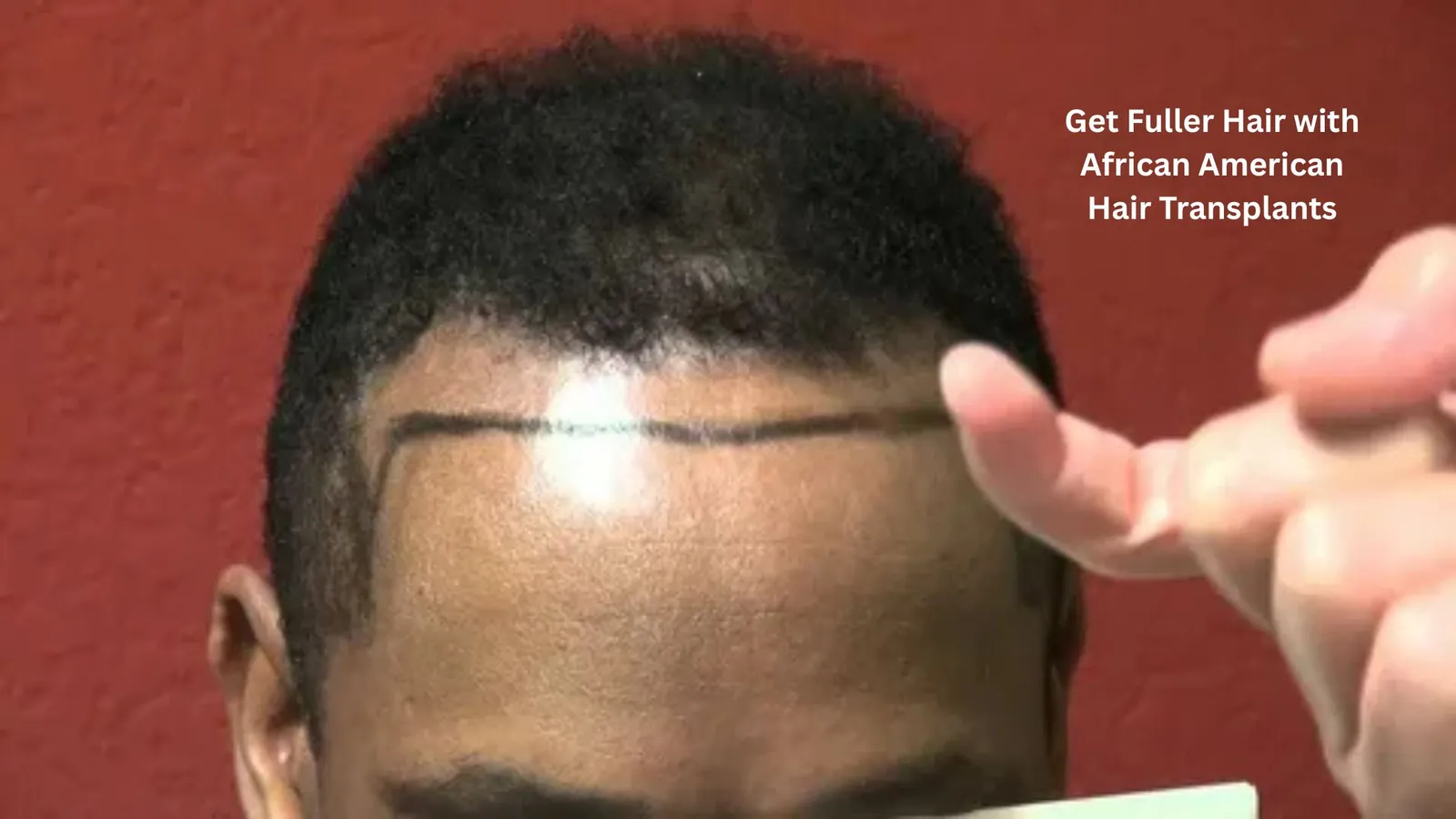Choose a test user to login and take a site tour.






8 minutes, 27 seconds
-157 Views 0 Comments 0 Likes 0 Reviews

Hair is one of the most powerful elements of personal style. It frames the face, reflects identity, and often carries deep cultural meaning. For African American men and women, hair texture is especially distinctive, with natural curls, coils, and waves that create a unique look. But when hair loss begins—whether due to genetics, ageing, medical conditions, or styling practices—the impact can feel deeply personal. Modern advances in African American hair transplants have created a reliable, permanent way to restore not only hair density but also natural curl patterns and realistic hairlines. Unlike temporary fixes such as wigs or weaves, this solution provides lasting results that grow naturally and look authentic.
African American hair is biologically unique in its curl pattern and follicle shape. While straight hair follicles tend to grow vertically, textured hair grows from curved follicles that form tight spirals or coils above the scalp. This curl begins below the skin, making the follicles more fragile during extraction. The shape of African American hair also means density appears different from that of straight hair. A smaller number of tightly curled hairs can create the illusion of fullness, but when hair loss sets in, thin patches or receding hairlines can appear more pronounced. African American hair transplants require special expertise. Surgeons must be skilled at handling curved follicles, preserving curl integrity, and designing hairlines that reflect the natural flow of textured hair.
Many African American patients try alternative solutions first—such as wigs, weaves, braids, or topical treatments. While these can help in the short term, they come with drawbacks. Wigs and weaves require frequent maintenance, medications often provide limited results, and certain hairstyles may even contribute to traction alopecia, worsening the problem over time. African American hair transplants stand out because they:
There are two primary techniques used in African American hair transplants:
This method involves harvesting individual follicles from the donor area, usually the back or sides of the scalp. For textured hair, surgeons use specialized punches designed to follow the curl beneath the skin. This minimizes follicle damage and reduces visible scarring, making FUE ideal for patients who prefer short hairstyles.
In FUT, a strip of scalp is removed, and follicles are microscopically dissected for transplantation. FUT can yield a higher number of grafts in one session, which is beneficial for patients needing more coverage. However, it leaves a linear scar, so it’s best for patients who wear longer hairstyles. Both methods can produce excellent results, but success depends heavily on the surgeon’s ability to handle curved follicles without transecting them. For this reason, patients should only trust clinics with proven experience in African American hair transplants.
Performing transplants on textured hair requires unique expertise. Some key challenges include:
Addressing these considerations ensures that results blend seamlessly with existing hair.
Recovery after African American hair transplants is generally straightforward but requires careful aftercare. In the initial days after the procedure, patients might notice slight redness, swelling, or sensitivity in the treated area. Tiny scabs form around transplanted follicles and typically shed within a week. To protect the new grafts:
Most patients see new hair growth within three to four months, with results maturing between 9 and 12 months.
Patients undergoing African American hair transplants often report life-changing outcomes. The restored hairline looks natural, the density blends seamlessly, and the curl pattern matches the existing hair. With proper technique, scars are minimal and hidden, even with short hairstyles. The most powerful result, however, is not just physical—it’s emotional. Patients regain confidence, style, flexibility, and the ability to present themselves without relying on temporary solutions.
The success of African American hair transplants depends largely on the surgeon’s experience. Patients should look for:
Hair is deeply tied to confidence, culture, and identity. For patients experiencing thinning, receding, or balding, African American hair transplants offer a permanent, natural solution that restores not just hair—but self-assurance and individuality. By preserving curl integrity, respecting natural hairlines, and using advanced surgical techniques, transplants can create results that look authentic and last for life. If you’re ready to take the next step toward fuller, natural-looking hair, it’s essential to choose a clinic that specializes in textured restoration. Our clinic is a leader in this field, offering personalised treatment for African American patients and delivering results that honour the unique beauty of textured hair.

Share this page with your family and friends.